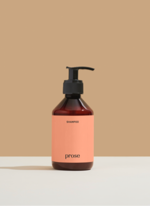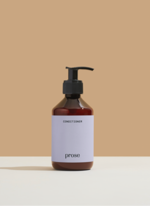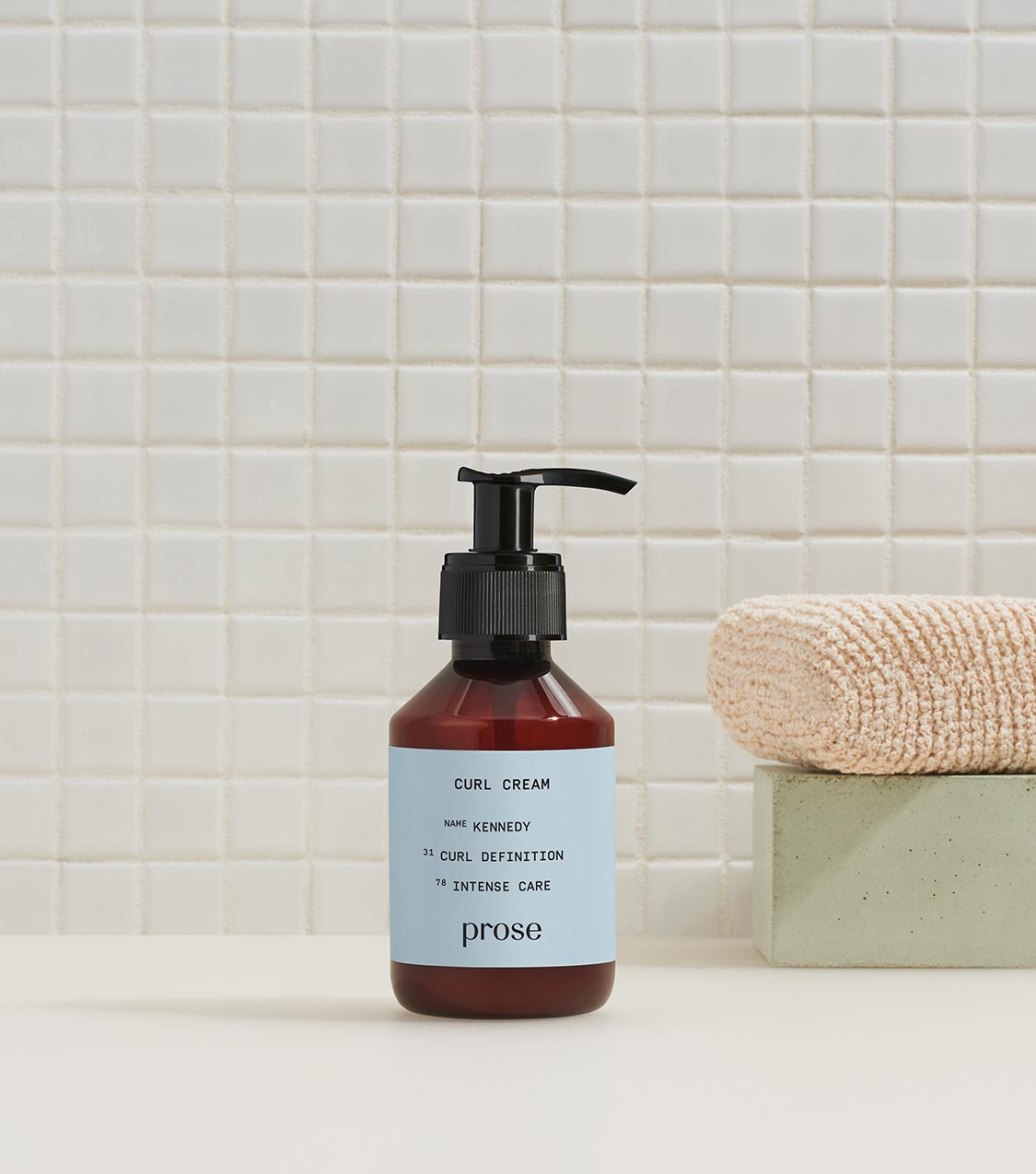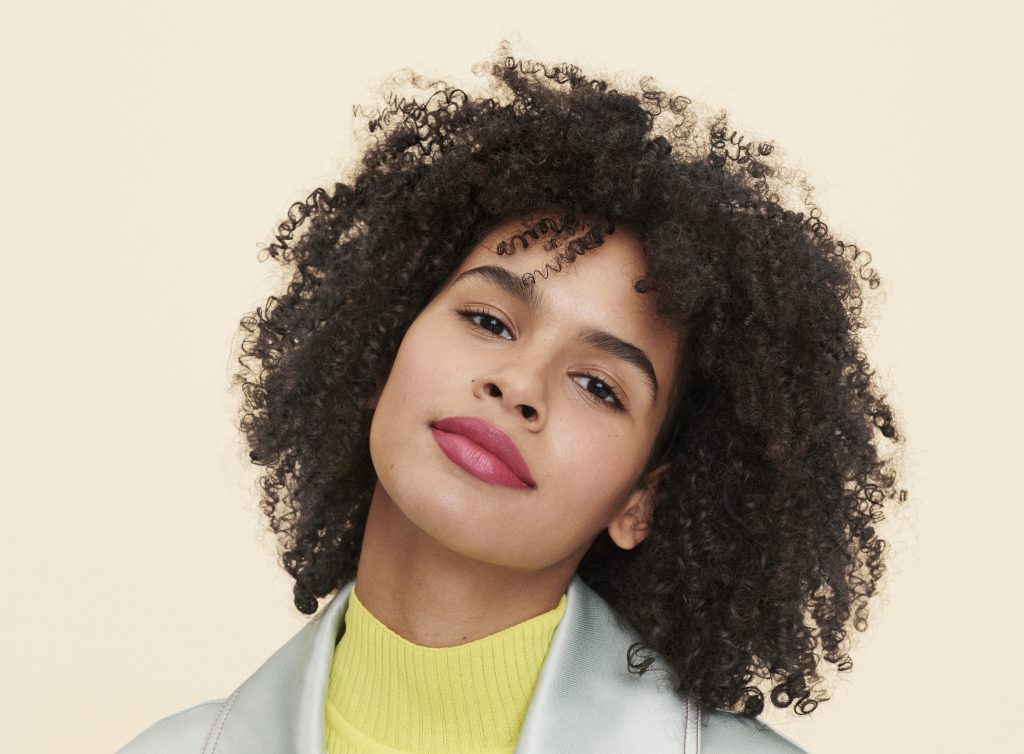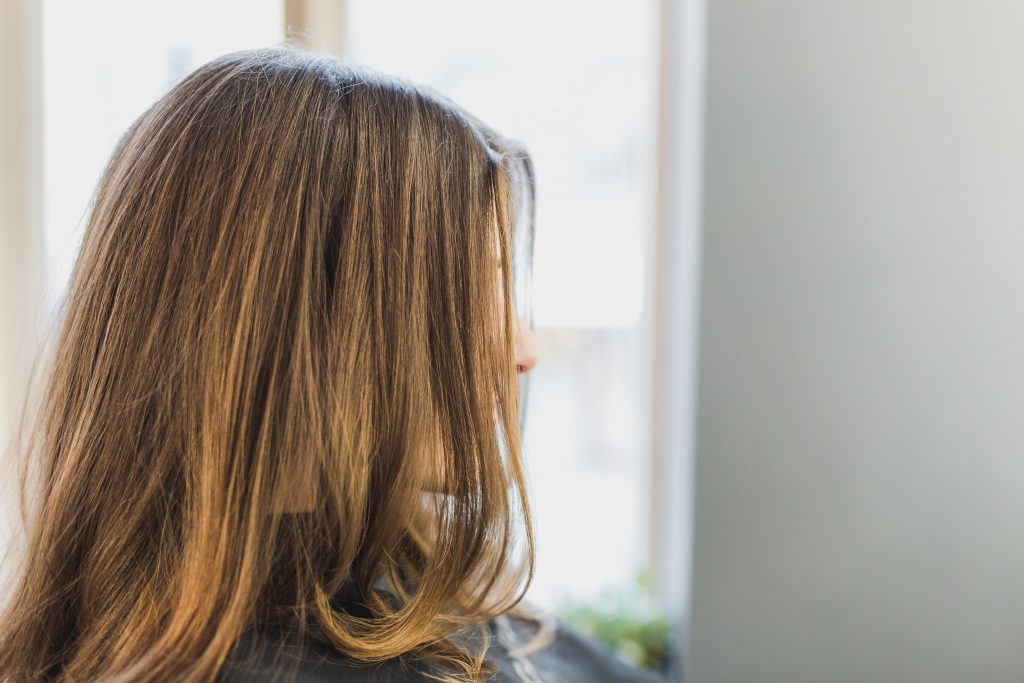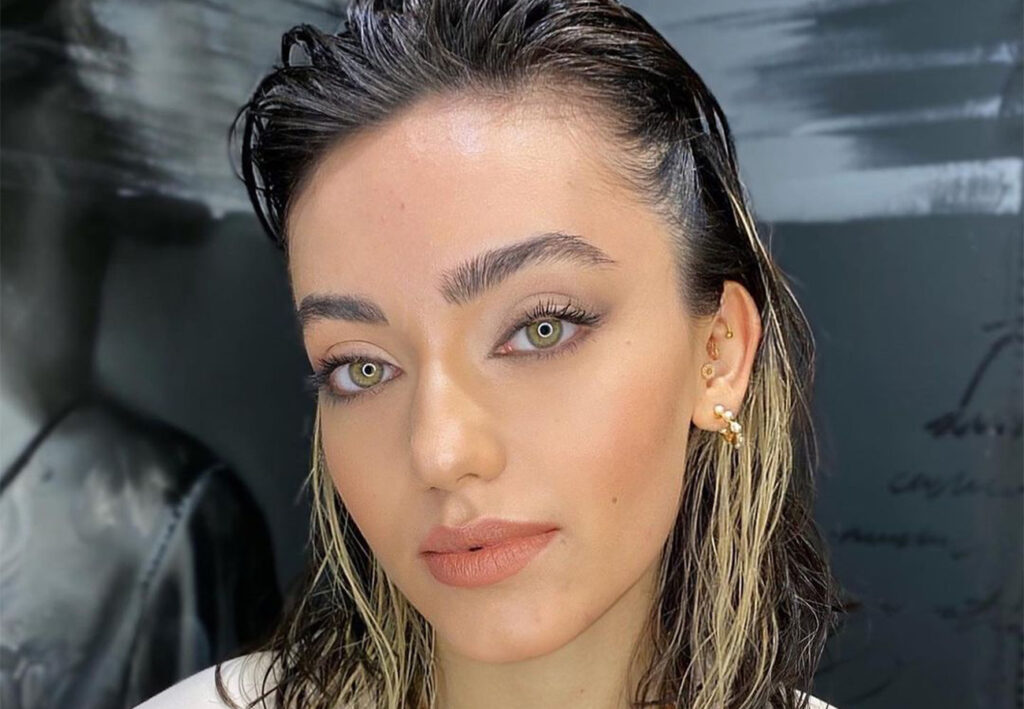Initially, the system was launched with four hair types: straight, wavy, curly and coily. Every category was pretty straightforward and any hair type could fall into one of those buckets. But overtime, subtypes were added to cover specifics within each category. With the addition of these subcategories people could learn more accurately which products would perform best for them, how their hair reacts to moisture and gauge what they may be lacking.
In the year 2020 with our population being more diverse than ever, people are now likely to have more than one hair type on their head. This has made using the hair typing system tricky for some, especially if a person is forced to choose just one type. For example, I’m biracial and my hair type is a 3C/4A—I have both of these curl patterns on my head. It’s not uncommon for someone to have a combination of two hair types that are right next to each other in the system. So, to determine your predominant hair type, I always suggest as a rule of thumb to go with whatever type the majority of your hair is. This highlights the flaw that Walker’s hair typing system has—most people don’t just fit into one bucket or hair type. However, his system is still helpful.
Ideally, the hair typing system would take a few other factors into account like buildup, color, length of your strands and the location where you live. Age can also play a large role in managing your hair. A 60-year-old and a 20-year-old with the same hair type can have very different outcomes using the same routine, since hair becomes drier as we get older. Walker’s system is great because it gives you a place to start, but you have to do further research to determine what products will truly work for you.
Your hair is a fabric that is unique to you and it’s one that’s ever changing. You might dye your hair one year, grow it out, decide to highlight it and more. That’s why Prose was created. We know that there are other factors besides hair type that need to be addressed by your hair care and are just as important.
In the nineties, salons dedicated to embracing natural curls began to open up, laying the foundation for curl care and education. While this celebration of self acceptance has created a cult following, it has also shed light on a variety of hair types still left to be represented. As a stylist, I realize that people are now more educated than ever on what their hair type is. With the help of social media and other online platforms, people have shared their hair stories and have bonded through these common experiences. There is so much support out there in the curly hair community, which is very empowering; people feel very liberated. I wish I had access to the same information when I was younger—I may have learned to love and care for my own curls at a younger age than I did.
So, next time you look at the hair typing system use that information as a guideline, not a Bible. See what type of results your hair care produces and allow yourself some room for trial and error. Finding a stylist and a salon specializing in curly hair is very important, and platforms such as YouTube and Instagram are very helpful when looking to build on your own knowledge at home.
And lastly, remember that above all your hair is unique, it’s special and it deserves a lane of its own.


